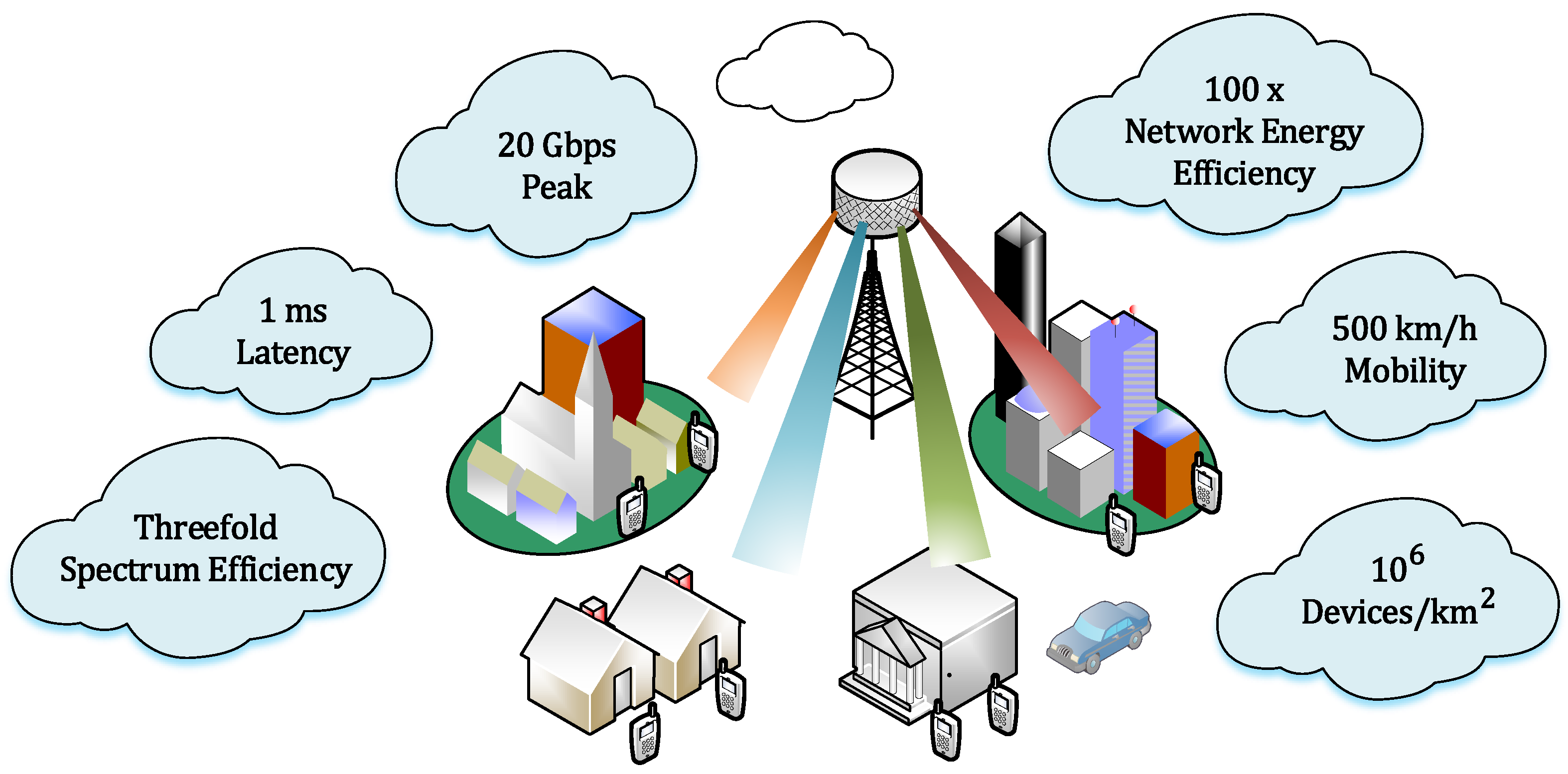What is 5G MIMO Antenna? The Technology Behind Ultra-Fast Networks
telcomatraining.com – In the ever-evolving landscape of telecommunications, 5G technology has emerged as a game-changer, delivering ultra-fast data speeds and seamless connectivity. One of the fundamental technologies driving this transformation is the 5G MIMO (Multiple-Input, Multiple-Output) antenna. But what exactly is a 5G MIMO antenna, and how does it contribute to the performance of modern networks? Let’s dive into the details.
Understanding MIMO Technology
MIMO (Multiple-Input, Multiple-Output) is a wireless technology that enhances data transmission by using multiple antennas at both the transmitter and receiver ends. This technique significantly improves network capacity, efficiency, and reliability by allowing multiple data streams to be transmitted simultaneously.
In the context of 5G networks, MIMO technology plays a crucial role in maximizing spectrum efficiency and delivering high-speed, low-latency communication. Unlike traditional single-input, single-output (SISO) systems, MIMO enables the transmission of multiple signals over the same frequency band, reducing interference and optimizing bandwidth utilization.
The Evolution from Traditional MIMO to Massive MIMO
With the advent of 5G, Massive MIMO has taken center stage. This advanced form of MIMO incorporates dozens or even hundreds of antennas in a single base station, dramatically enhancing network performance. The key benefits of Massive MIMO include:
- Higher Data Throughput – By increasing the number of antennas, more data can be transmitted simultaneously, boosting overall network capacity.
- Improved Signal Quality – The use of multiple antennas enables beamforming, a technique that focuses the signal directly towards users, minimizing interference.
- Enhanced Network Coverage – Massive MIMO allows better coverage in urban and densely populated areas where network congestion is common.
- Greater Energy Efficiency – Targeted signal transmission reduces power consumption, making networks more sustainable.
Beamforming: The Key to Optimized 5G Performance
Beamforming is a critical technology associated with Massive MIMO. Instead of broadcasting signals in all directions, beamforming directs signals toward specific users or devices. This targeted approach not only improves data speed but also reduces network congestion, leading to a more efficient and responsive 5G experience.
Why 5G MIMO Antennas Matter
The deployment of 5G MIMO antennas is essential for supporting the ever-growing demand for high-speed data and seamless connectivity. Here’s why they are crucial:
- Supports High-Frequency Bands: 5G networks utilize higher frequency bands, such as millimeter waves (mmWave), which require advanced antenna technology to maintain strong signal quality.
- Handles Increased Network Traffic: With more devices connected than ever before, MIMO technology ensures efficient data handling and minimal latency.
- Enables Smart Cities & IoT: The reliability of 5G MIMO antennas supports emerging technologies like smart cities, autonomous vehicles, and the Internet of Things (IoT), paving the way for a connected future.
Challenges of Implementing 5G MIMO Antennas
Despite its advantages, deploying 5G MIMO antennas presents certain challenges:
- Infrastructure Costs: Upgrading existing networks and installing new antennas require significant investment.
- Interference Management: With multiple antennas transmitting simultaneously, managing interference is a technical challenge.
- Device Compatibility: Not all devices support MIMO, which can limit the benefits for some users.
Conclusion
The 5G MIMO antenna is a revolutionary technology that underpins the ultra-fast, low-latency connectivity of 5G networks. By leveraging multiple antennas, beamforming, and Massive MIMO, this technology enhances network capacity, improves data speeds, and ensures a seamless user experience. As 5G adoption continues to expand, the evolution of MIMO technology will be instrumental in shaping the future of wireless communication, enabling innovations in smart cities, IoT, and beyond.







